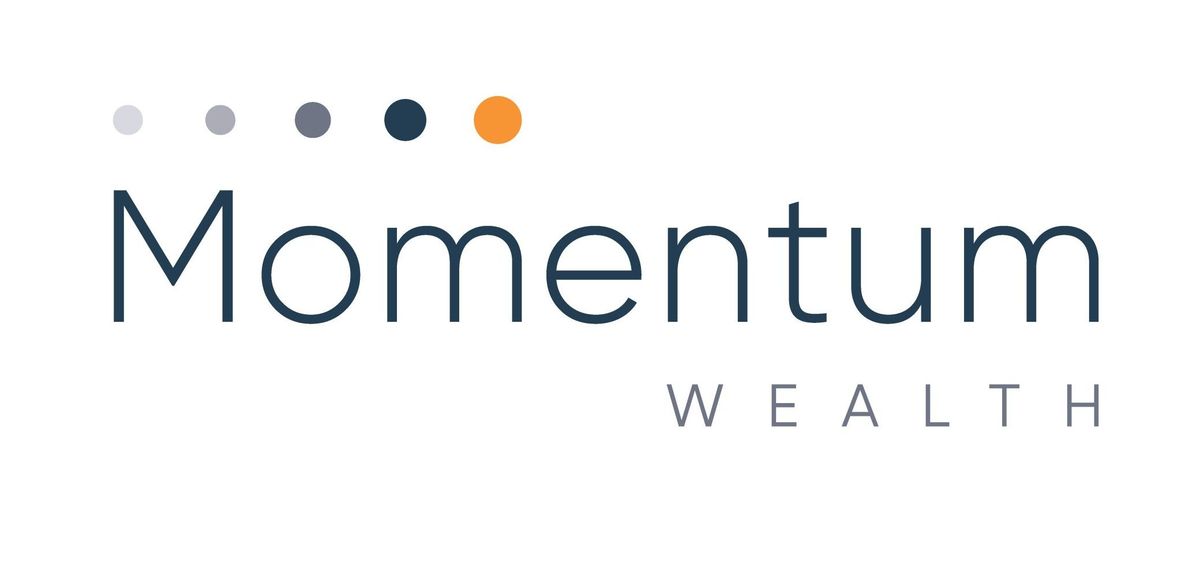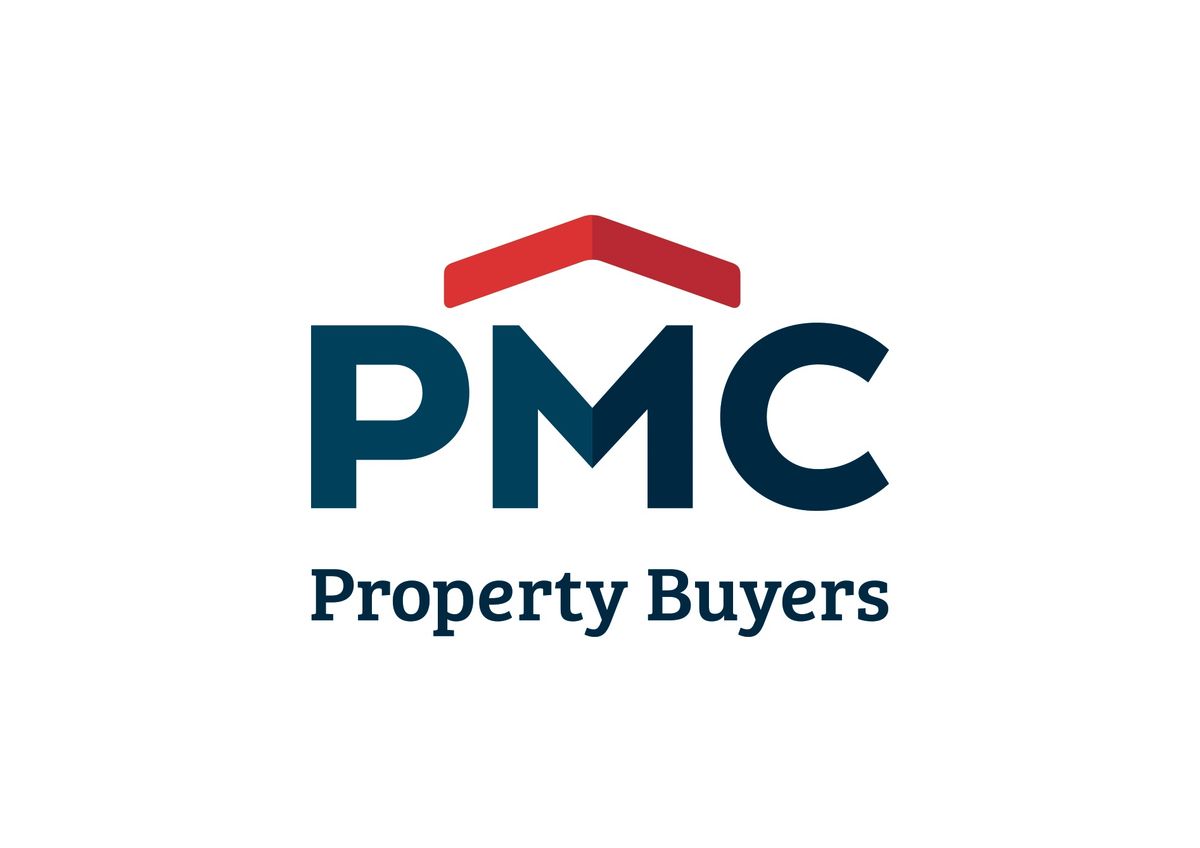Understanding Your Home Loan Options Before You Borrow
When it comes to buying property—whether it's your first home or your next investment—understanding your home loan options is just as important as choosing the right location. The structure you select can significantly influence how comfortably (and quickly) you're able to pay off your mortgage.
To shed light on these choices, we spoke with Lauren Jones and Tristan Vercoe—two industry professionals who bring a wealth of insight to the table. Jones is a Qualified Property Investment Advisor (QPIA®) and former mortgage broker with a strong background in helping clients make strategic buying decisions. Vercoe is the Founder of Fortifi Finance, a Brisbane-based brokerage known for its client-first approach to navigating the finance landscape.
In a recent sit-down, the pair walked us through the key differences between popular home loan structures and what borrowers need to consider before taking the plunge.
Let's dive into the kernels of wisdom this dynamic duo had to share:
What are my home loan options?
Basic vs. Package Loans
A basic home loan offers simplicity. With a low interest rate and minimal fees, it's a great option for buyers who don't need all the bells and whistles.
As Jones confirmed, "It typically includes a redraw facility but not an offset account, making it suitable for those with straightforward needs—especially our first home buyer clients."
On the other hand, a package loan bundles your mortgage with additional features like offset accounts, credit cards, and fee discounts. While it usually involves an annual fee, it can help borrowers save on interest in the long run, especially if they have strong savings patterns or cash flow.
Vercoe also pointed out that lenders are often more open to renegotiating rates post-settlement on packaged loans. "Although rates are currently trending downwards, this is crucial to consider in a rising rate environment."
Variable Rate Loans: Flexibility Comes First
Variable rate loans are known for their flexibility, offering features like extra repayments, redraws, and offset accounts—plus easier refinancing opportunities if a better rate becomes available.
The Pros:
- Benefit from falling interest rates
- Make additional repayments without penalty
- Use redraw and offset to reduce interest
The Cons:
- Interest rates can rise, increasing repayments
- Risk of cash flow uncertainty
Vercoe shares, "Making use of loan features including offers and redraw facilities to build up a home loan repayment buffer can help to smooth out your long-term cash flow".
Fixed Rate Loans: Peace of Mind or Price to Pay?
If certainty and stability are your priorities, a fixed rate loan might suit you best. These lock in your repayments for a set term (usually 1–5 years), giving you a consistent repayment amount, regardless of market movements. Fixed rates can be particularly beneficial to first home buyers and those lending with a high Loan to Value Ratio (LVR).
Pros:
- Protection from rate hikes
- Easier to budget
- "Set and forget" approach
- Lower advertised rates than what most lenders currently provide
Cons:
- Limited ability to make extra repayments
- Break fees if you refinance or sell early
- No access to offset accounts (unless paired with a split loan)
Split Loans: Best of Both Worlds
A split loan is where you divide your loan into multiple parts, either to keep loans used for different purposes separate, or to allow one part of the loan to be variable, and the other fixed.
Vercoe provides the example of a 60:40 split of a $500,000 home loan, where $300k could be fixed, while $200k remains variable. This way, you gain rate stability on one side, and flexibility and features on the other. Not all lenders offer the same split home loan options, so it's important to speak with a finance broker to tailor it to your unique ambitions.
What do I need to know before I borrow?
In Vercoe's words, "The saying 'preparation is the key to success' has never rung truer than when you're buying a home. The more you know and prepare today, the better your chances are of securing a home loan in the future."
Vercoe's Top 6 Home Loan Tips
- Start the conversation early (as in the moment you think about buying a home!) Seek professional guidance in building a plan and pathway forward. I will happily take the time over many months and even years to help prepare you for your purchase.
- Start saving early Account for more than just the deposit. Include costs like rates, repairs, and maintenance.
- Know your credit score It can affect not just your approval, but the rate you're offered.
- Clean up any credit report errors Even small mistakes can impact your chances.
- Understand your borrowing power Get pre-approved before house hunting so you stay within budget.
- Avoid major changes Once pre-approved, hold off on job changes, big purchases, or new debt until after settlement. Lenders can perform last-minute checks!
As Lauren Jones and Tristan Vercoe highlight, choosing a home loan isn't just about comparing rates. It's about understanding how each option aligns with your lifestyle, goals, and long-term financial wellbeing.
Getting the right guidance early in the process can make a world of difference. From building your credit profile to choosing the right structure, there's a lot to consider. But with the right experts in your corner—whether that's a buyer's agent, finance broker, or both—you'll be better equipped to make confident, informed decisions.
No matter where you are on your property journey, being well-prepared is key to success.








